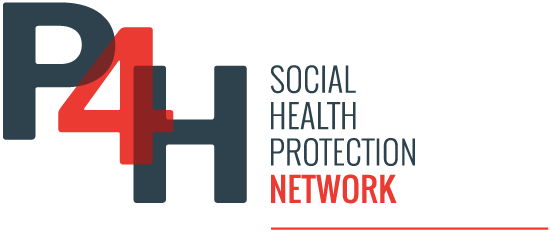As reported by the study titled “The Potential Cost-Effectiveness of HPV Vaccination Among Girls in Mongolia” , HPV vaccination has not been introduced nationally and Gavi co-financing support is not available in Mongolia. To inform introduction decision-making, study authors evaluated the potential cost-effectiveness of HPV vaccination among girls and young women in Mongolia.
Key findings:
- Cervical Cancer Burden: Mongolia has an age-standardized incidence rate of 23.5 per 100,000 women and an age-standardized mortality rate of 10.2 per 100,000 women.
- HPV Vaccination Impact:
- Expected to avert 5,692 cervical cancer cases and 3,240 deaths over ten birth cohorts.
- Reduces the burden by 11,886 disability-adjusted life years (DALYs).
- Cost Considerations:
- At a vaccine price of $4.50–$4.60 per dose, the incremental cost-effectiveness ratio (ICER) is $166–$265 per DALY averted.
- If the price increases to $14.17 per dose, the ICER rises to $556–$820 per DALY averted.
- Comparative Cost-Effectiveness:
- The study finds that HPV vaccination is highly cost-effective based on Mongolia’s GDP per capita ($3,735 in 2018), as the ICER remains below 20% of GDP per capita.
- Vaccine Options:
- Quadrivalent vaccine (HPV4 – Gardasil): Targets HPV types 6, 11, 16, and 18.
- Bivalent vaccine (HPV2 – Cervarix): Targets HPV types 16 and 18, with additional cross-protection against HPV 31 and 33.
- Bivalent vaccine was found to be more cost-effective due to greater cross-protection.
The researchers employed the UNIVAC model (version 1.4) to estimate the incremental costs, health outcomes, and economic impact of vaccination compared to no vaccination. The analysis focused on two vaccine options: quadrivalent (HPV4 – Gardasil), which targets HPV types 6, 11, 16, and 18, and bivalent (HPV2 – Cervarix), which targets HPV types 16 and 18 but also provides cross-protection against HPV 31 and 33. The study modeled vaccination for 9-year-old girls over a period of ten birth cohorts (2022–2031), assuming a 93% coverage rate.
While the economic analysis strongly supports the introduction of HPV vaccination in Mongolia, there are practical challenges to implementation. The country does not qualify for Gavi co-financing, meaning that securing lower vaccine prices through manufacturer negotiations will be critical. Moreover, public acceptance remains a concern, as a previous HPV vaccination pilot program in 2012 was halted due to fears about vaccine safety. Another challenge is Mongolia’s low cervical cancer screening rates, with only 30% of women of reproductive age having undergone screening at least once. This suggests that HPV vaccination should be integrated with efforts to improve screening and early detection programs.
To strengthen the findings, the study conducted sensitivity analyses using Monte Carlo simulations (5,000 iterations) to test the robustness of the results under different assumptions. The most influential parameters affecting cost-effectiveness were vaccine price per dose, cervical cancer incidence rates, and vaccine delivery costs. The analysis confirmed that HPV vaccination remains cost-effective under a wide range of pricing and epidemiological scenarios.
In conclusion, this study provides strong evidence that HPV vaccination is a highly cost-effective intervention for reducing cervical cancer in Mongolia. Despite funding and public perception challenges, implementing a national HPV immunization program for girls, particularly with the bivalent vaccine, would provide significant health benefits and reduce the cervical cancer burden. Policymakers should prioritize securing affordable vaccine pricing and integrating vaccination with improved cervical cancer screening efforts to maximize the impact of this intervention.

